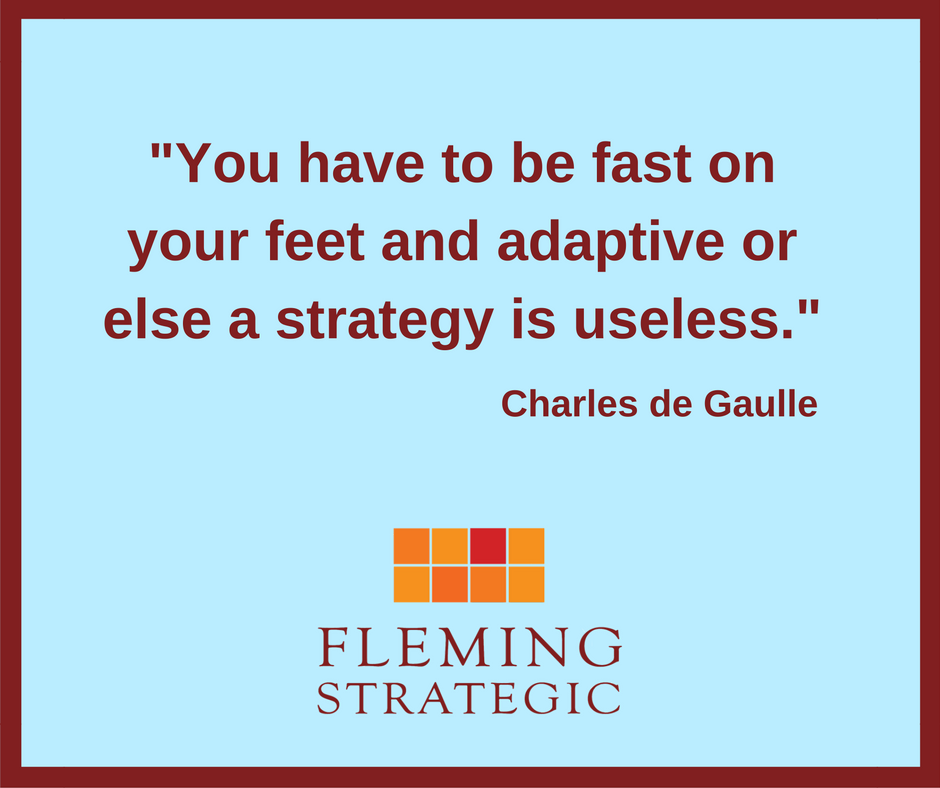How do you ask for business?
How do you ask for business? We all know intuitively (or through training) that those who don’t ask typically don’t get business. However, many lawyers are leery to come out and ask for business explicitly, and rightly so. Asking can disrupt a relationship if the answer is “no,” and, under some circumstances, asking can even be an ethical violation. Even when those concerns are not in play, some lawyers may feel pushy if they ask for business. And yet, the inner voice cautions, if you don’t ask, you don’t get.
When working with clients, I offer many approaches to the “challenge of the ask.” A few examples are:
- Listen to your gut. Very often, if you’re sensing that an explicit request for the business may be too pointed, you’re correct. A more gentle approach (“I’d love to help you with that,” for example) may blunt the approach and yet get the message across.
- Notice how often your gut tells you not to ask. The flip side of the previous suggestion is that it can offer carte blanche to those who are disinclined to ask for business. If you always feel that asking would be too pushy, it’s time to do some work on your comfort level. What conditions would have to exist for you to feel comfortable in asking for business?
- Look for the win / win. Lawyers often use somewhat violent language for business development: “eat what you kill” compensation systems, “killer instinct” in pursuing new work, and “bagging a client,” for instance. Using that language casts the lawyer as the hunter and the potential client as the victim or the target. Fortunately, few lawyers actually regard their potential clients in that way. The fear of being perceived as a ruthless hunter, however, may prompt a lawyer to hold back in conversation. Sometimes, it even prompts lawyers to ask for business in a way that implies that potential clients would be doing the lawyer a great favor when the truth is that a good representation offers benefits for both parties. Look for that benefit and focus on it, and then weave it into your request.
- Listen to the concerns and offer some feedback, leading naturally into an offer of further help. If you take this approach, be sure that you don’t stray into giving legal advice without sufficient knowledge of the facts. You can suggest potential avenues or approaches for consideration, though, and offer to help if your contact would like to explore them.
As these approaches suggest, asking for business requires both the right mindset and the right words or technique. Think about your current “low hanging fruit,” or the potential clients most likely to retain you right now. What approach would be most helpful for them, and what approach will open the possibility of working with you most effectively, without running a danger of damaging your relationship?
If you’re uncomfortable asking for business, you’re not alone. The Reluctant Rainmaker: A Guide for Lawyers Who Hate Selling includes a full chapter on whether, how, and when to ask for business, with an easy-to-follow step-by-step guide to developing the skills that will support your business development efforts. (Click here for a free sample of Chapter One.) If you’d like to move even faster with your rainmaking activity, please contact me to arrange a consultation.

